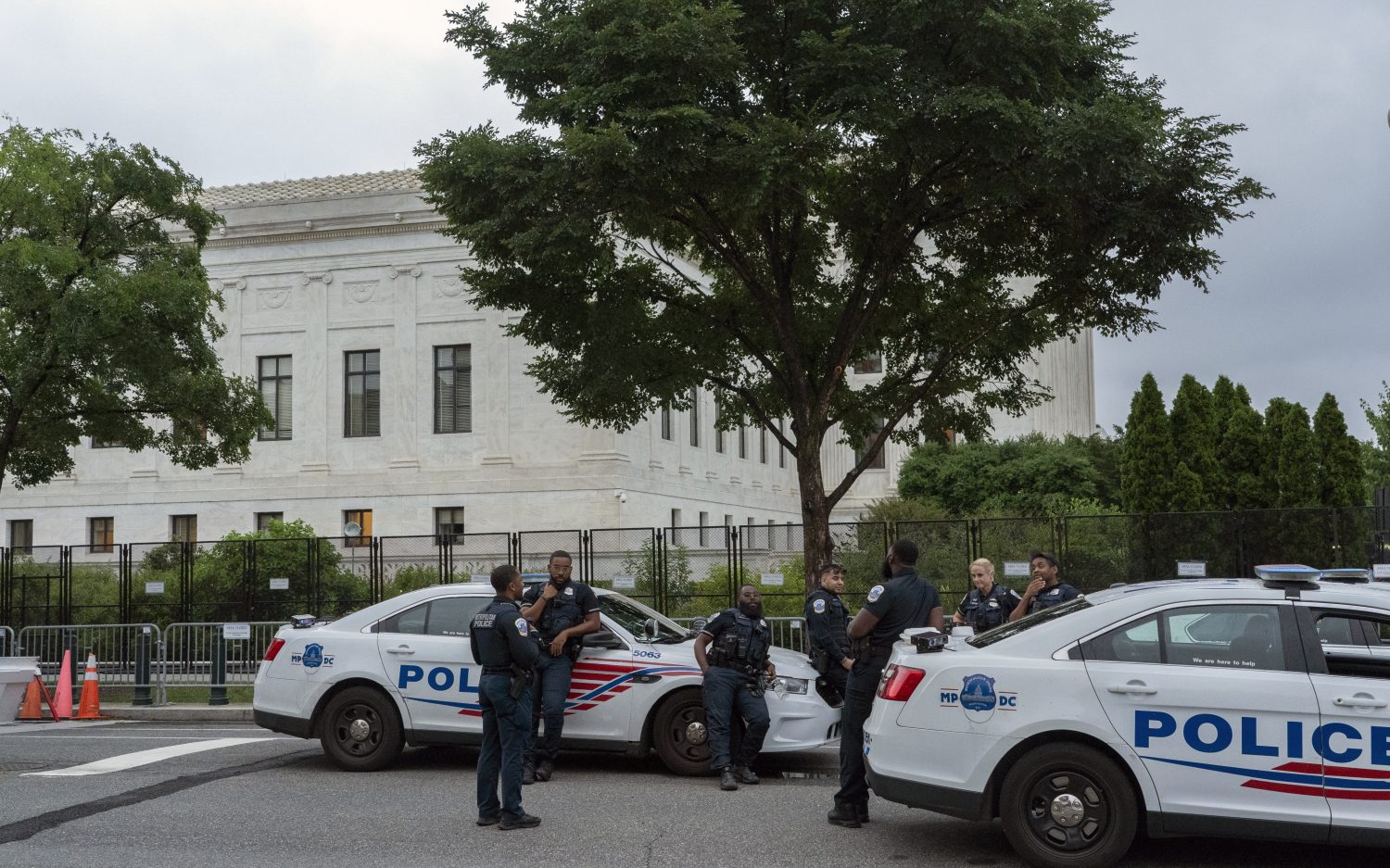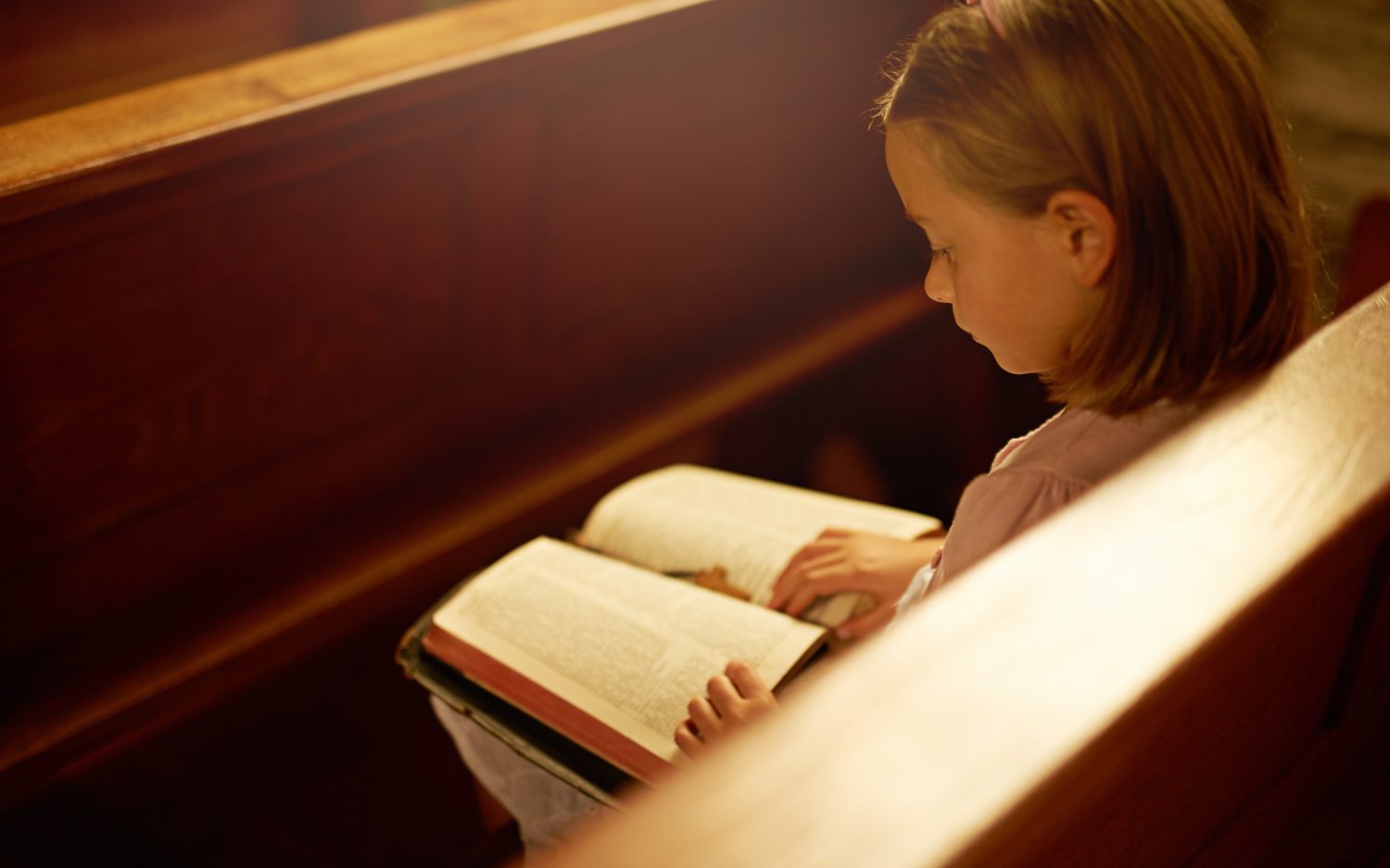Archeologists unearth possible site of Jesus' trial
Archeologists have discovered what they believe to be Herod’s palace and the much-debated site where Jesus’ trial took place.
Most historians and archaeologists have long agreed that Herod’s palace was located on the western side of Jerusalem, in the Old City, near the Tower of David Museum, but they weren’t certain of the exact location. Fifteen years ago, during a project to expand the museum, workers began to peel layers of floor from an abandoned building that once served as a prison during Ottoman, and later, British rule. They were surprised to find rugged foundation walls, carefully carved tunnels, and an underground sewage system beneath the prison that archeologists believe were part of the elusive palace of King Herod, according to a recent story in The Washington Post.
According to Josephus, the ancient Jewish historian, Herod’s palace was built near the end of the first century B.C., Amit Re’em, archeologist with Israel Antiquities told the Huffington Post: “It was enormous, with a lot of gold and silver and running water and guest quarters.” The palace was discovered in the area described by Josephus and has a complex sewage system, he said.
Based on various interpretations of the Gospels, Christian spiritual leaders, historians, and archeologists have long debated the location where Pontius Pilate tried Jesus and sentenced him to death. The account of the trial in Matthew says Pilate’s soldiers led Jesus away to the praetorium, a Latin term for a general’s tent within a Roman encampment. Some experts believe Pilate’s praetorium would have been in a military barracks. But the Gospel of Mark says Jesus was led away into the palace, causing others to believe Pilate was a guest in Herod’s complex.
Shimon Gibson, archeology professor at the University of North Carolina in Charlotte, believes there is little doubt that Jesus’ trial took place somewhere within Herod’s palace compound. The Gospel of John describes the trial as taking place at a stone pavement and the account in Mark indicates Jesus was led inside the palace where the governor’s headquarters were located. The details fit with previous archeological findings near the prison.
“There is, of course, no inscription stating it happened here, but everything—archaeological, historical, and Gospel accounts—all falls into place and makes sense,” Gibson told The Post.
After years of excavations and delays caused by wars and lack of funds, the museum is just now offering organized public tours of the prison. Museum Director Eilat Lieber hopes the prison eventually will become a standard attraction for the 1 million Christians who visit Jerusalem annually.
Some have questioned whether the discovery could become a new holy site for Christian pilgrims and change the path of the Via Dolorosa, the Stations of the Cross that many tourists walk. The route now begins where it was formerly believed Pontius Pilate held the trial and ends where Jesus was crucified and buried.
Even before the discovery of the possible palace beneath, the prison has offered a treasure trove of discoveries from across the centuries, including symbols etched into the old jail walls by prisoners from the Jewish resistance who fought to create the state of Israel in the 1940s, and fabric-dyeing basins from the era of the Crusades. The prison “is a great part of the ancient puzzle of Jerusalem and shows the history of this city in a very unique and clear way,” said district archeologist, Amit Re’em.
The museum plans to continue developing the prison to give tourists a better understanding of the layers of history it depicts.
“It’s like a cake, showing all the layers of Jerusalem,” Lieber told The Post.
An actual newsletter worth subscribing to instead of just a collection of links. —Adam
Sign up to receive The Sift email newsletter each weekday morning for the latest headlines from WORLD’s breaking news team.





Please wait while we load the latest comments...
Comments
Please register, subscribe, or log in to comment on this article.